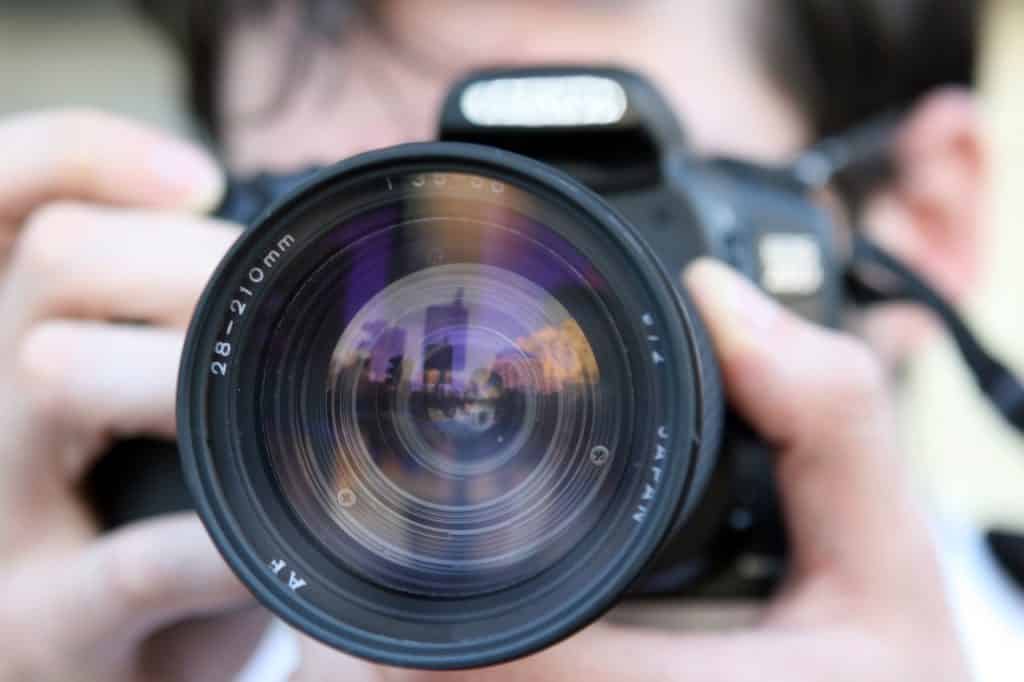Sports can make for incredibly difficult subjects, even for seasoned photographers. Between bustling venues and large crowds, fast-paced action, and the general complexity of what’s going on, it can be difficult to capture any but the most basic of photos. At the same time though, this makes for an appealing challenge. Done correctly, sports photography can produce beautiful images that will make you feel fulfilled as a photographer – and which may even help you turn a profit (given the inexhaustible market for such photos).
Perfecting this specific discipline takes time and practice, not to mention some trial and error with equipment. To help you prepare for success though, we’ve put together both some conceptual and technical tips to keep in mind.
# For starters, remember to protect your lens! This is something the studio has written about before and provided specific tips for, so we won’t harp on it too much here. But beyond the general need to always protect your lens as a professional or aspiring photographer, we’re talking about a subject that can involve big crowds in close proximity. All of those people and all of that jostling can be bad for your equipment if it isn’t adequately protected.

# Before we get into photography specifics, we’ll note that one of the most important things to consider when exploring sports photography is the subject itself. It’s absolutely vital that before attempting to get good photos, you understand the sport and/or athlete you’re working with. Some might argue vaguely that you can focus in on a given image more effectively in a vacuum. That may be true with certain subjects, but it typically isn’t with sports. Only if you understand what’s going on can you properly capture a moment, or know what to look for. Plus, the better you understand what’s happening, the more passion you may develop for it – which can show through in photography over time.
# It goes hand-in-hand with understanding the sport to a degree, but it’s also a good idea to learn how to choose the right event to photograph – one of particular significance to a team, a league, or even an individual athlete. Sometimes you can get a feel for this sort of thing merely by studying leagues. However, another helpful tip is to look to odds to see when a contest is particularly significant, or expected to be particularly close. The bookmaking resources in the UK are typically the most comprehensive, and do a wonderful job of not just listing odds, but contextualizing information. From them, you can glean when a player is striving for a particular achievement, when one match is more important than others, etc. With this sort of information you can plan to photograph occasions and subjects that will be meaningful to people.
# One can argue fairly easily that the single most difficult thing about shooting sports is that the subjects are typically in motion. That doesn’t just mean that you’re always photographing, say, a football striker streaking down the field at full speed. That might be the case, but even a player who isn’t operating at full speed isn’t simply sitting still and posing! To help with this problem, it’s recommended that you use Continuous AF. With this kind of auto-focus system in place, and the shutter partly closed, you can be sure to maintain a sharp focus despite the motion.

# This may not be a necessary tip for experienced photographers or those who have specifically focused on other moving subjects. However, high shutter speeds are a must – probably higher than what you get on a standard camera. As one fairly comprehensive guide to shutter speeds notes, speeds faster than 1/500th of a second will freeze all but the fastest moving objects. That makes this a good range to aim for when you’re about to shoot sports.
# Lastly, you should make an effort to secure and use a wide aperture for your lens. For amateurs reading, this basically means that your lens is more open, so to speak, and it’s a common choice for professional sports photographers. There are two primary benefits of a wide aperture in such a project. First, it allows more light to reach the lens, which in turn facilitates faster shutter speeds. Second, a wide aperture achieves the effect of isolating the subject in the foreground and blurring the background – an effect that can be gorgeous in the right sports shot.
This should all make for a good start! Sports photography is a bit of a niche subject but it’s a great challenge and can teach you a lot about photography in general.

